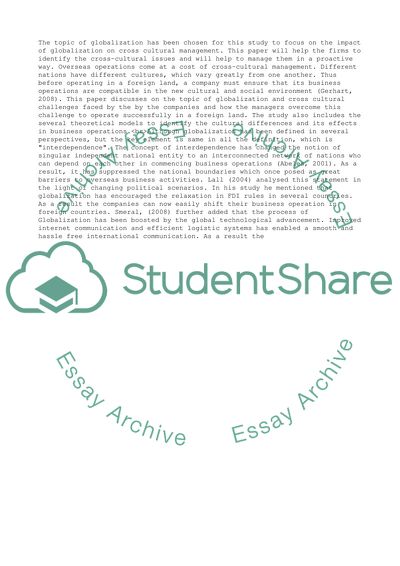Cite this document
(Globalisation & the International Agenda 1281 Essay, n.d.)
Globalisation & the International Agenda 1281 Essay. https://studentshare.org/business/1850973-globalisation-the-international-agenda-1281
Globalisation & the International Agenda 1281 Essay. https://studentshare.org/business/1850973-globalisation-the-international-agenda-1281
(Globalisation & The International Agenda 1281 Essay)
Globalisation & The International Agenda 1281 Essay. https://studentshare.org/business/1850973-globalisation-the-international-agenda-1281.
Globalisation & The International Agenda 1281 Essay. https://studentshare.org/business/1850973-globalisation-the-international-agenda-1281.
“Globalisation & The International Agenda 1281 Essay”. https://studentshare.org/business/1850973-globalisation-the-international-agenda-1281.


